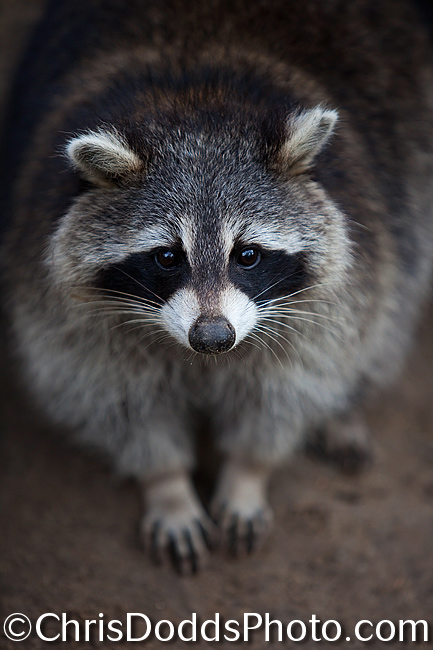 Coyote Autumn pup (Canis latrans) Quebec, Canada (C) ©Christopher Dodds www.chrisdoddsphoto.com All Rights Reserved. Canon EOS 1DsMark III, 500mm F4 IS, Gitzo Tripod & Wimberley Head II. ISO 500, 1/160s F4 Manual Mode. Full Frame. Click HERE to purchase a print or license image for publication.
Coyote Autumn pup (Canis latrans) Quebec, Canada (C) ©Christopher Dodds www.chrisdoddsphoto.com All Rights Reserved. Canon EOS 1DsMark III, 500mm F4 IS, Gitzo Tripod & Wimberley Head II. ISO 500, 1/160s F4 Manual Mode. Full Frame. Click HERE to purchase a print or license image for publication.
So, you work for a magazine and your publisher is trying to squeeze a profit out of your magazine during these difficult economic times. Earning kudos from the boss may be easier than you would think: Just announce a photo competition where all entrants assign all publication rights (editorial, commercial & educational) AND they send a $20.00 bill with each submission. Just 1,000 entrants produces an image bank of at least that many images AND $20,000.00 for the magazine. The grand prize: get you picture published in the magazine. The most shocking part is how hard it was to find the fine print and I'm sure most people who sent off a cheque never read it. Oh, I almost forgot: the magazine does not have to pay publication rights to photographers anymore. Just something to think about next time you think about entering a competition…
Entries become the property of (insert magazine name here), a division of (insert company name here) Inc., which reserves the right, without further consideration, to use all photos and text in any publication, media, and related prodcts or promotions. The company cannot confirm receipt or return entries. By submitting your materials, you agree that your contact information may be given to the contest sponsor, which may use the information for marketing purposes. You further agree that your photo, text, name, and city and state may be posted on (insert company name here)-owned websites and, on sponsor websites, as well. If you are younger than 13 years of age, you will need to provide signed permission from a parent or guardian allowing you to enter the contest. - REAL FINE PRINT FROM A REAL PHOTO COMPETITION
The Coyote , Canis latrans, runs with it's tail down, unlike domestic dogs with their tail up or wolves with their tail straight. Known as the best runner among the canids, the Coyote cruises at 25-30 mph (40-50km/h), with a top speed of 40 mph (65 km/h). Always an opportunist, Coyotes eat small mammals like mice, squirrels and rabbits, as well as birds, frogs, toads snakes, insects and fruit.
Comments welcome & appreciated.

